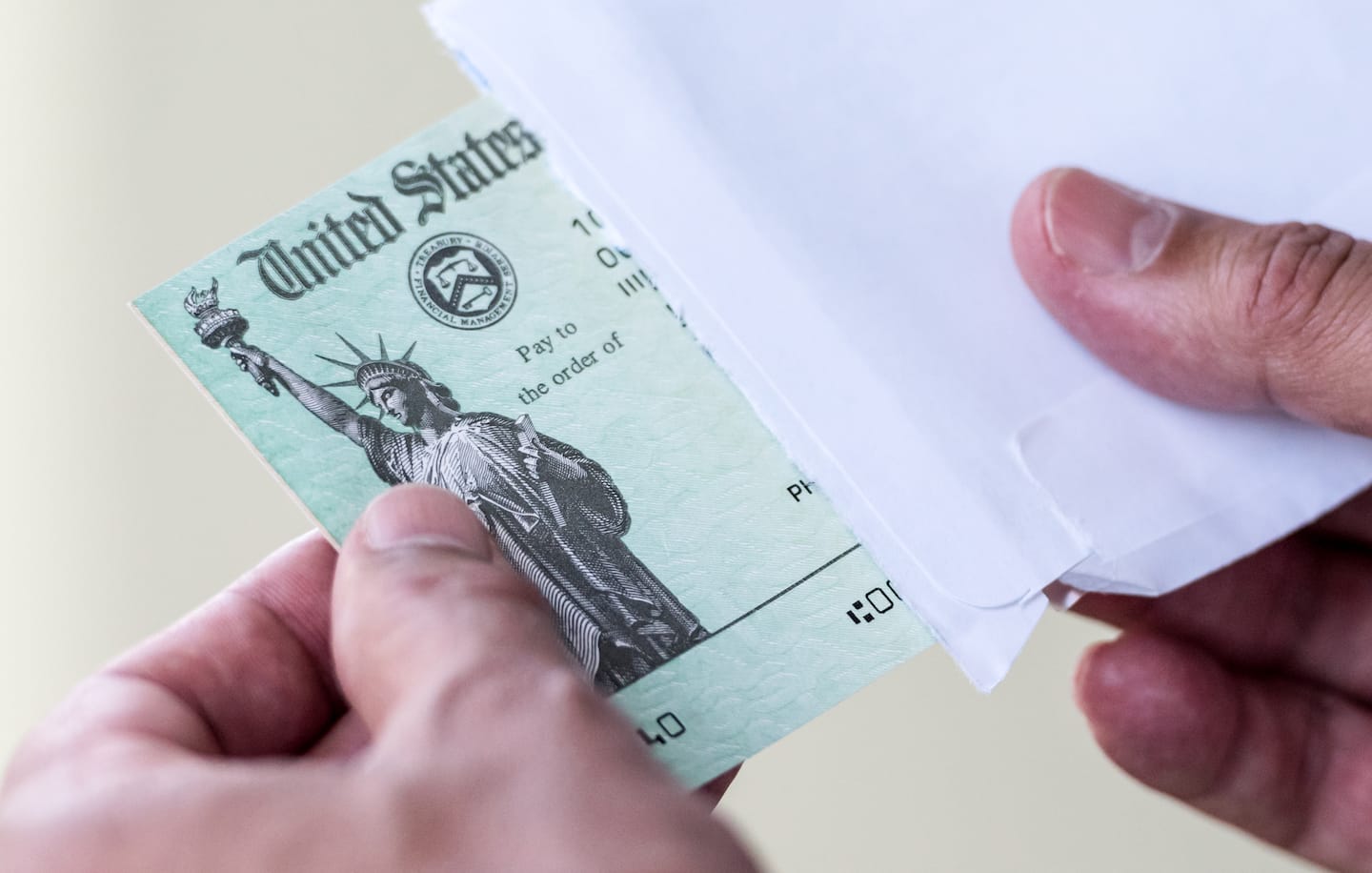Another reason not to opt for a tax refund loan: It may delay your next stimulus payment

Tempting though they sound, these add-on tax preparation products are a bad deal.
“In a year of crisis where those with the least have been impacted the most by the pandemic, this money is more critical than ever,” Michael Best, a staff attorney at the National Consumer Law Center (NCLC) and co-author of a new report on how the 2021 tax season will impact vulnerable taxpayers, said in an email.
A refund advance loan, which may also be referred to as a refund anticipation loan, does just what its name implies. People take out a loan backed by the refund they are due from the IRS. Typically, to qualify for an RAL, filers have their tax preparation provider e-file their returns. A temporary bank account is set up by the tax preparer. The refund is then deposited directly into that account.
A refund anticipation check allows people to delay paying for their tax preparation. The fee for an RAC and any other charges are deducted from your refund before you receive the money. The balance of the refund is then provided to the taxpayer by direct deposit, check or a prepaid debit card. RAC fees typically range from $30 to $40, according to the NCLC report, which was released last week.
Looking at just the RAC fee, it may seem reasonable, especially if you don’t have to pay the cost of your tax preparation upfront. But paying $40 to defer a tax preparation fee of $300 for just three weeks is equivalent to paying an annual rate of 232 percent for what amounts to a short-term loan, Chi Chi Wu, a staff attorney at NCLC, said in an interview.
RALs have had an awful history of onerous charges. In the past, the refund loan products featured fees that translated into triple-digit annual percentage rates. Under complaints from consumer groups, many in the industry reinvented the product, offering refund loans with no fees or interest. However, preparers end up recouping the cost of the loans in other ways, Wu said.
Lenders charge preparers a fee for each approved RAL, which gives preparers an incentive to upsell other services or tack on extra costs, such as a fee to file electronically, Wu said. Want the preparer to send your refund by check? That’ll be $25.
And if you end up paying interest on a RAL, disclosed interest rates are up to 39.95 percent, according to the NCLC report.
In 2019, taxpayers took out about 2 million refund advance loans and 21 million refund anticipation checks.
“Consumers may not understand that choosing a RAC does not deliver the refund more quickly. Instead, it basically works as a short-term loan of the tax return preparation fee by deferring payment of that fee until the refund arrives,” the NCLC report said, which warns about the cost of impatience.
Neither an RAL nor an RAC is really necessary. Although many people are still waiting for their 2019 refunds because of coronavirus-related processing delays, if you file your return electronically and elect direct deposit, you can get your refund in about three weeks, according to the IRS.
Here’s another reason to steer clear of refund products, especially with a new round of stimulus payments possibly on the way: Millions of people who filed their taxes via H&R Block, TurboTax and other services were unable to get their money during the first and second round of stimulus payments because the IRS did not have their direct deposit information on file. The agency instead had the temporary bank account information for taxpayers who received a refund advance loan or had the fee for tax preparation taken out of their tax refund.
Perhaps a third time will be the charm and there won’t be any glitches for people who use tax preparation products. But if you’re anxious to get your money, eliminate the middle man.
“If you want to make sure you get that stimulus payment, use direct deposit. You put your own bank account on your tax return, Wu said. “That way, the IRS has your bank account information.”
Understandably, preparing your own return can be intimidating. You may not feel capable of doing it yourself, so you hire someone to file it for you. But count all the costs of the preparation services.
Or save money and look for free help. The IRS’s “Free File” program offers assistance to taxpayers who have a 2020 adjusted gross income of $72,000 or less. Go to IRS.gov/freefile. Low- and middle-income taxpayers can avoid fees altogether by using one of several free alternatives for tax return preparation and filing services, Wu pointed out.
There’s also the IRS Volunteer Income Tax Assistance (VITA) program, which offers free filing to people who have disabilities, are not proficient in English or earn an income below $57,000. The IRS’s Tax Counseling for the Elderly program provides free tax help. The AARP Foundation’s Tax-Aide program offers assistance at no cost to anyone who cannot afford a tax preparation service. You can find a local Tax-Aide site at taxaide.aarpfoundation.org/request-help. AARP’s service also has volunteers who can coach you through filing your taxes using your own computer while screen-sharing.
The push for the tax products is enticing. But don’t rush for your refund and end up giving away the money you need.






